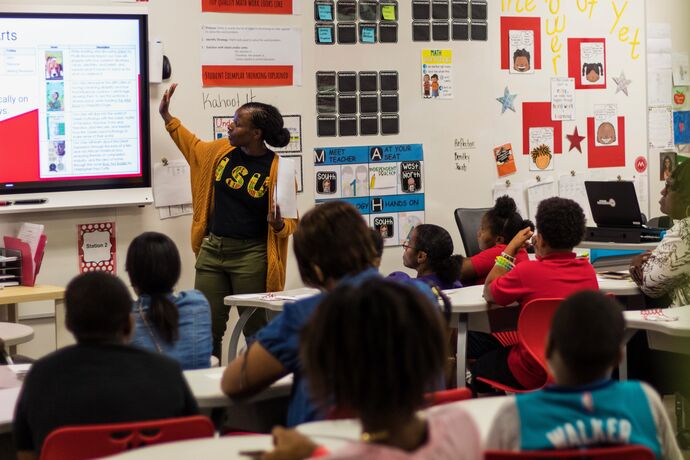
Building Self-Motivated Learners in Today’s Classroom
March 8, 2024In the dynamic and ever-evolving landscape of education, fostering self-motivated learners has emerged as a paramount challenge and goal for educators and parents across the United States. Recognizing the importance of accessible educational resources, Online Parenting Classes offer invaluable insights into supporting diverse learning needs and potentials, particularly for underachievers. The quest for strategies that inspire intrinsic motivation among students is at the heart of these digital offerings.
Drawing upon insights from the “Success with Underachievers: Creating Self-Motivated Learners” webinar, this article explores effective techniques to ignite a passion for learning in every student. It highlights the significance of engaging both educators and parents, who often search for “Parenting Classes Near Me” to better support their children’s educational journeys. By focusing on how to engage and invest students in their educational path, we delve into understanding the underachiever and the transformative power of intrinsic motivation.
Table of Contents
Understanding the Underachiever
Underachievers are students who possess the capability to excel academically but fail to perform to their potential. A myriad of factors, including lack of motivation, emotional and social challenges, and unmet learning needs, contribute to this discrepancy. The key to transforming underachievers into self-motivated learners lies in understanding these underlying issues and adopting a holistic approach that addresses their unique needs.
Fostering Intrinsic Motivation
Intrinsic motivation, the drive to engage in an activity for its own sake, plays a pivotal role in academic success. Research has consistently shown that intrinsically motivated students exhibit higher engagement, better academic performance, and greater well-being. Here are several strategies educators and parents can employ to foster this invaluable trait:
Cultivating a Growth Mindset
Promoting a growth mindset, the belief that abilities can be developed through dedication and hard work, encourages students to embrace challenges and persist in the face of setbacks. Teachers can foster a growth mindset by praising effort rather than innate ability and framing challenges as opportunities for growth.
Providing Autonomy Support
Giving students a sense of autonomy, or control over their learning, enhances their intrinsic motivation. This can be achieved by offering choices in their assignments, encouraging goal setting, and fostering decision-making skills. Autonomy support helps students feel empowered and invested in their learning process.
Enhancing Relevance and Value
Making learning relevant to students’ lives and interests boosts their intrinsic motivation. Educators can achieve this by integrating real-world applications of classroom material, incorporating students’ interests into lessons, and explaining the value of learning tasks.
Encouraging Mastery Goals
Focusing on mastery goals, or the desire to develop competence in a subject, rather than performance goals, which emphasize outperforming others, encourages a deeper engagement with learning material. Teachers can promote mastery goals by emphasizing personal improvement and understanding over grades.
Love and Logic: A Tool for Beginners
For educators and parents new to the concepts of fostering intrinsic motivation and addressing the needs of underachievers, Love and Logic provides an accessible starting point. This approach emphasizes empathy and understanding, offering practical strategies for building positive, supportive relationships with students.
By focusing on love and empathy, educators can create a classroom environment that nurtures self-motivation and encourages students to take ownership of their learning journey. However, it’s essential to integrate these principles with a comprehensive understanding of motivational strategies to ensure the best outcomes for underachieving students.
Conclusion
Building self-motivated learners in today’s classroom is a complex but achievable goal. By understanding the unique challenges faced by underachievers and employing strategies that foster intrinsic motivation, educators and parents can inspire every student to engage deeply with their learning journey. Encouraging a growth mindset, providing autonomy support, enhancing the relevance of learning, and focusing on mastery goals are proven methods to cultivate a passion for learning.
With the support of approaches like Love and Logic, even beginners can make significant strides in motivating underachievers. As we continue to explore and implement these strategies, we not only empower students to reach their full potential but also enrich the educational landscape for future generations. After all, isn’t creating a love for learning the most beautiful gift we can offer our children?













